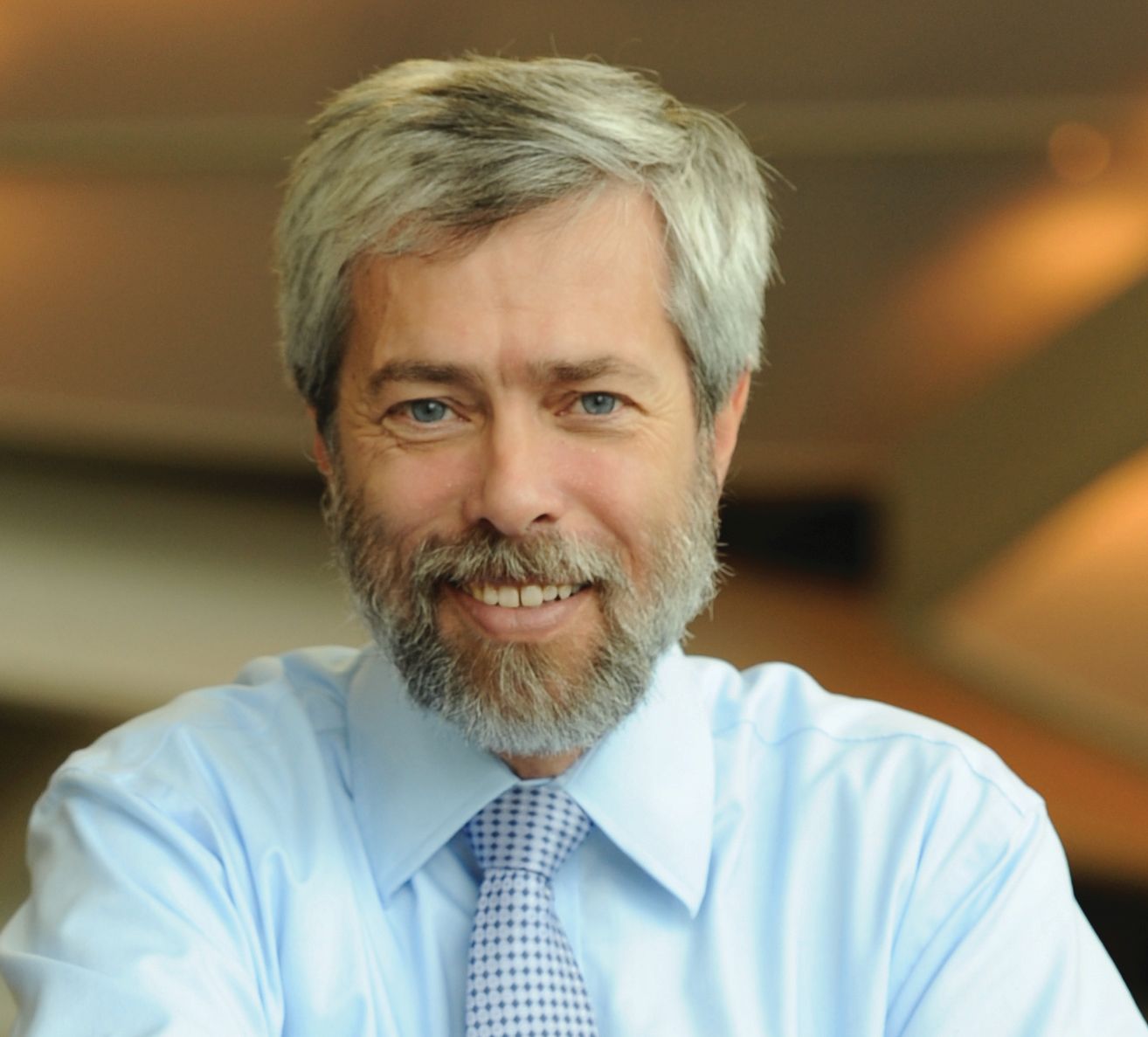A Cycle of Strategic Objectives [Part 1 of 2]
Here is something I have found helpful – both in my own work, and with those who provide senior executive leadership and are accountable to me for their work [that is, in my case, the vice presidents of the university]. And I offer this as a suggestion or observation that might be helpful to others as a way to think about our work and be intentional in the ways that we foster the capacity of the organization to fulfill its mission.
What we do is twice a year – August and January – we identify 5/6 month strategic objectives. In another context, a four month cycle might work better. But with an academic institution, most strategic objectives need a little more run-way time to get airborne; and, further, this approach syncs nicely with the academic term or semester cycle. In another organization, there is a different rhythm. Either way, here is what I have found helpful.
The danger and problem, is that we could just be in maintenance mode, going through the routines and attending to the usual sphere or list of responsibilities we have – meeting deadlines, diligent to take care of business in a timely and careful manner, so that when all is said and done, we have done our job and are able to check off each item in our job description. However, part of leadership is not merely doing the basic requirements of the job, but also that we are fostering greater institutional capacity: that is, we are tending to something, leveraging something, initiating that something which expands the capacity of this organization to do what it is called to do. That is, we are not content with the status quo; we want to do what we can do to foster greater capacity of this organization to fulfill its mission. If we care about the mission, we inevitably are asking this kind of question: what could we do or initiate that would increase our capacity?
But more, the other dimension to this is that we live and work in a fluid environment; the world around us is changing; our community and the demographic we serve is changing; crises or disruptions or changing circumstances make it imperative that simply cannot just “coast”. We have to be pro-active in the face not only of our desire for greater institutional effectiveness, but also because we need to respond to crisis or opportunities or, of course, crises that are opportunities. In other words, we always need to tend to institutional capacity – out of a greater desire for mission effectiveness or to respond effectively to our changing circumstances. We ask: what are the potential or essential strategic actions we can take or initiate so that we are effectively tending to our organizational well-being.
It is my impression that we do not need to be heroic or accomplish everything. Keep the list limited. At any given time, at least one item should always be on our list. But five items on our lives is simply too much; cannot handle that many at once. As a rule, our list will include 2 to 4 key action items: those things that we will do that will strengthen our institutional capacity or equip the organization to respond to changes in the environment. When you think of this potential list of action items, consider four categories:
- those action items that pertain to personnel [a new appointment, a new job description, or even a transition] – a change in the way that we are staffed; or,
- an action item that is related to governance and how we manage the affairs of the organization; and/or, thirdly,
- those action items that foster strategic partnerships or affiliations or joint ventures; and, finally,
- those action items that are more conceptual – a re-framing or re-thinking of a key aspect of what it means to be this organization – and this may include an educational component.
More on this with the next posting – more by way of the importance that these objectives are clear and measurable and action items for which we are accountable.
 Gordon T. Smith
Gordon T. Smith